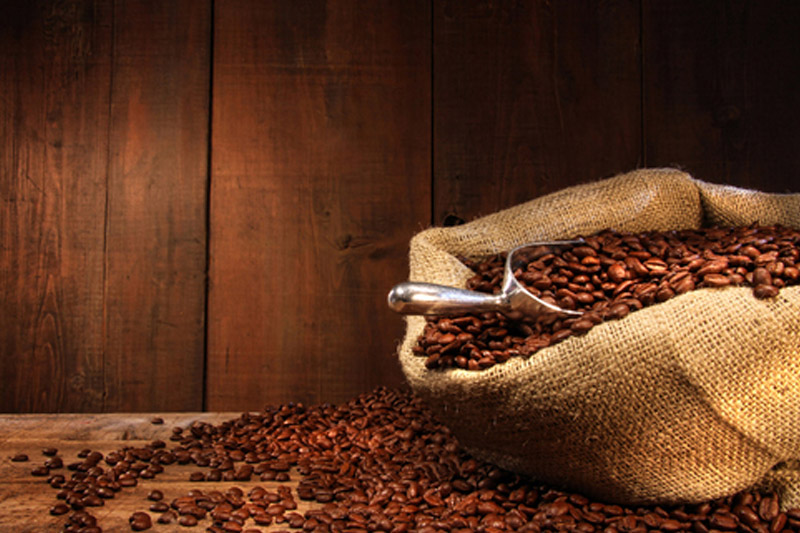Street Calls of the Week
(Bloomberg) -- Coffee’s stunning rally in late 2019 took many traders and analysts by surprise, creating tension over where prices go from here.
Arabica beans have surged 24% since the end of September, on pace for the best quarterly performance since 2014 and the biggest gain among major commodities in the last three months. The move came after futures in May tumbled to the lowest in 13 years, driving some farmers out of the industry.
Prices recovered after adverse weather threatened production in Brazil, the world’s top grower and exporter. Analysts began predicting the market would shift into a supply deficit, helping to drive the rebound. But the size of the gains were surprising as a measure of volatility surged to the highest in more than four years. That’s lending a cautious tone to the outlook for early 2020.
“The market ran up too much, too fast, and now we’re seeing a healthy pullback,” said Jason Graves, a senior market strategist for RJO Futures in Chicago. “In the short term, high volatility is here to stay.”
Arabica-coffee futures traded in New York are up 23% in 2019. The commodity rose to a peak of $1.4245 a pound on Dec. 17, the highest in two years, but has since fallen back about 12% to close at $1.253 on Monday.
Here’s what traders will be keeping an eye on in 2020:
World Deficit
Brazil’s end-of-season inventories are set to drop to the lowest in data going back to 1962, the U.S. Department of Agriculture estimates.
Rabobank International sees a world supply shortfall of 3.5 million bags in the 2019-2020 season, while Citigroup Inc (NYSE:C). predicts 4.7 million and sees a 2020-2021 deficit of 1.3 million bags. A bag weighs 60 kilograms, or 132 pounds.
Brazil Production
Crop rallies typically bring new supplies. The country’s low interest rates and inflation will probably encourage acreage expansion, said Carlos Alberto Fernandes Santana, director at Empresa Interagricola SA, the local unit for Ecom Trading, one of the world’s largest traders of the commodity.
It’s also still unclear how big next season’s Brazilian harvest will be, with some expectations for a record crop. Rainfall has been excellent, well distributed in most of nation’s producing regions, Regis Ricco Alves, director at RR Consultoria Rural in Alfenas, Minas Gerais, said by message.
Global Demand
Even if prices have peaked in the short term, they may climb by the second half of next year, according to Aakash Doshi, a director for Citigroup (NYSE:C) in New York who says prices could break above $1.60 in 2021. Tracey Allen, an agricultural commodity strategist for JPMorgan Chase (NYSE:JPM) Co., said that while prices are going to see ups and downs, they could move to $1.59 in the medium term.
Coffee demand continues to see new growth thanks to the popularity of cold drinks, especially in the U.S., the biggest consumer, said Jim Watson, senior market analyst for Rabobank in New York. Trendy cold brews also use more beans than their hot counterparts because it involves a longer process that extracts less caffeine than when made with hot water, spurring bigger raw material use, he said.
Consumer Impact
The recent price surge isn’t likely to hurt demand or company profits, because the spike hasn’t been sustained, Watson said.
Coffee roasters and chains typically lock-in prices ahead of time, and they’re not likely to “feel much of an issue yet,” said BTIG analyst Peter Saleh. That’s good news for consumers who may not see prices go up significantly for some time.
